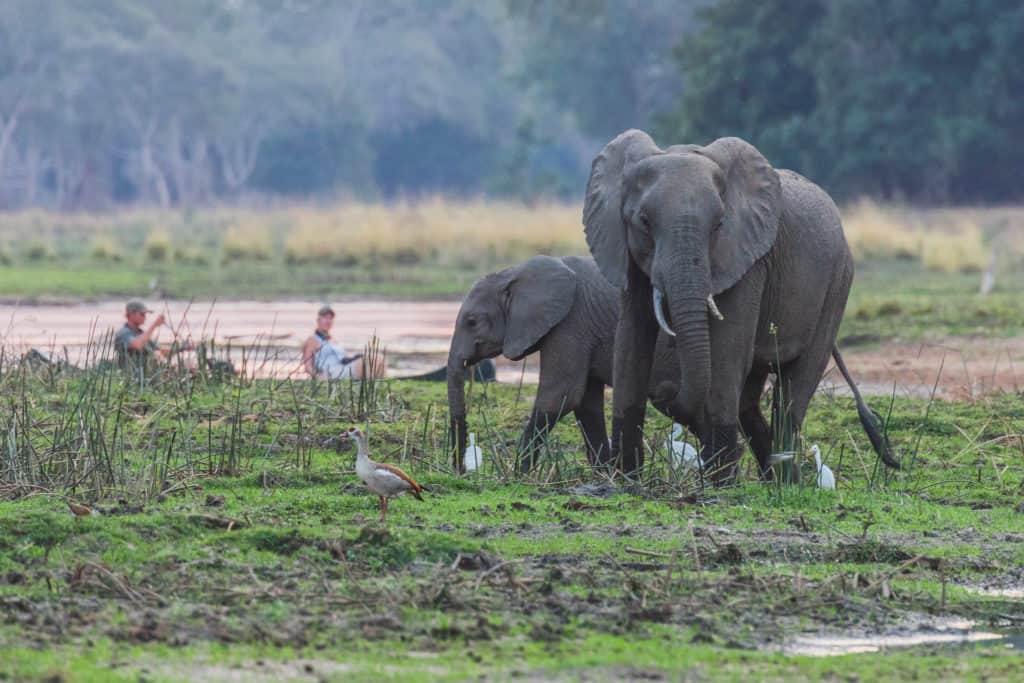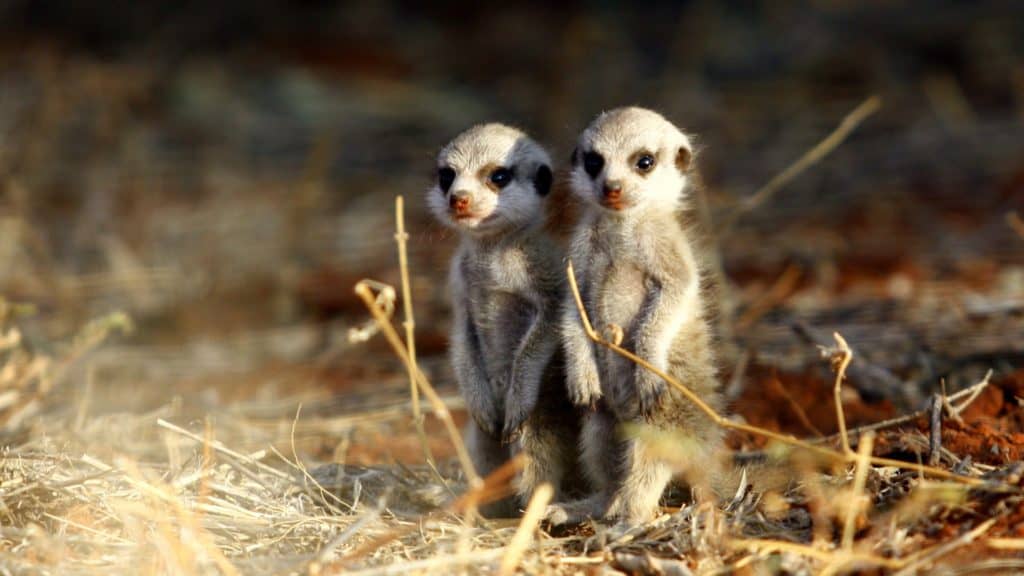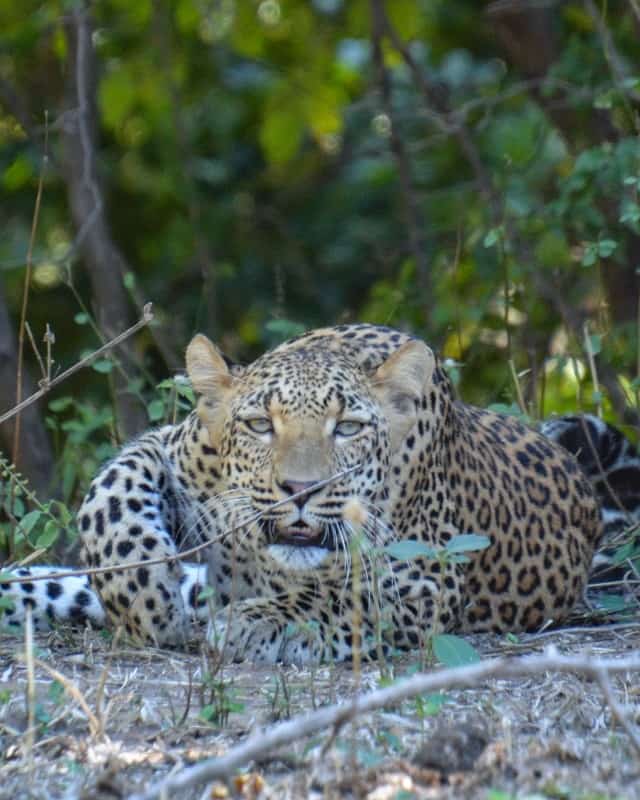Zambia
Home of the Walking Safari and the Legendary Luangwa
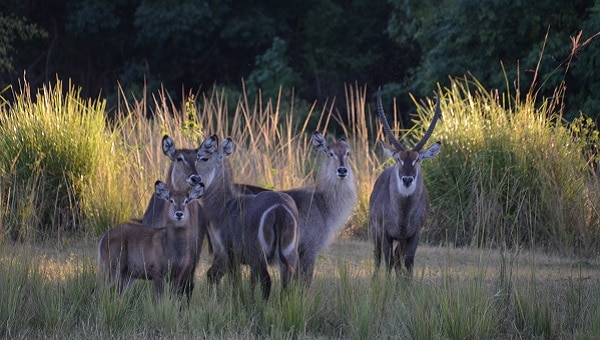
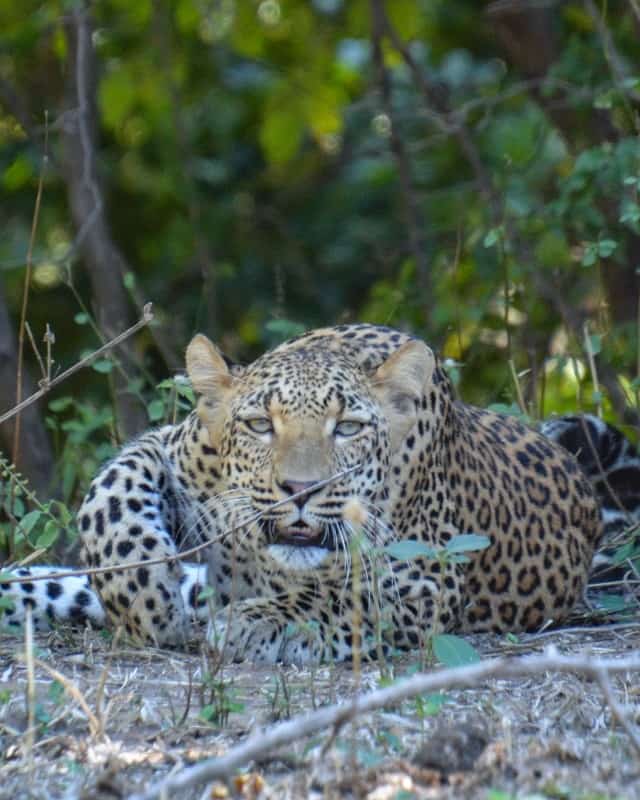
Zambia Sample Safaris
The Adventurous Soul of the Lower Zambezi (Origins Collection)
Explore The Adventurous Soul of the Lower Zambezi with a primary focus on the wilderness itself. This is an experience that takes you back in time in a part of Africa that will reconnect you with nature and replenish your senses. This is a unique owner-operated safari that specializes in flexibility and making the most of your personalized experience.
Essential Diversity: River and Desert
This safari is designed for the safari connoisseur seeking rarity, exclusivity and luxury along with the full diversity of wildlife. The itinerary includes private guiding and vehicle at both safari camps, offering the ultimate in flexibility and maximizing the opportunities to see wildlife you want to see, while maintaining supreme comfort and luxury.
Zambia Walking and Waterways Safari
Zambian safaris are distinguished by the vintage expedition-style adventure delivered under the care of exceptional guides in remote wilderness areas teeming with wildlife.
Top Zambia Safari Locations
Zambia Safari Regions

South Luangwa National Park
Overview
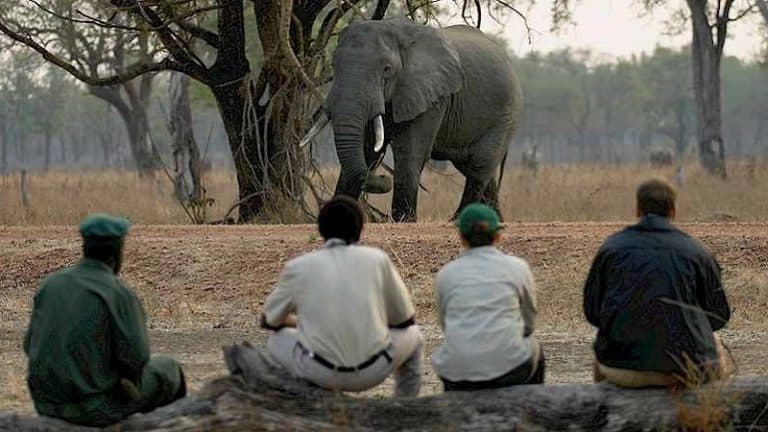
Location
Wildlife
Best Times to Go

Lower Zambezi National Park
Overview
Location
Wildlife
Best Times to Go

North Luangwa National Park
Overview
Location
Wildlife
Best Times to Go

Kafue National Park
Overview
While Kafue national park is massive at 22,400 square kilometers (8,650 square miles), the focal point of the safari experience is within the Busanga Plains, a vast seasonal floodplain resembling the Okavango Delta with papyrus-lined waterways and lilly-filled lagoons. Outside of the Busanga Plains, visitors can find a camp circuit mainly catering to self-drivers, which offers some birding opportunities but otherwise mammal viewing is less productive. As of 2019, the national park will begin a 20-year management contract with African Parks, which with an impressive track record, is expected to greatly increase the successes of antipoaching and wildlife management as the park has been hit hard by poaching over the last several years.
Location
Wildlife
Kafue is not a Big Five, “ticking the boxes,” type of destination despite having great biodiversity. This is in part due to the impacts of poaching as well as the landscape. The park is home to the highest volume of ungulate species anywhere south of the Congo Basin. Travelers have the chance to see rare species such as the red lechwe, sitatunga, roan, sable, and blue and yellow-backed duiker. Leopard are also frequently seen and the park is one of the best places to encounter cheetah in Zambia. Kafue also has the largest population of African wild dog in Zambia. With the rich variety of habitats, Kafue is excellent for bird life, and the Busanga Plains are an important site for mixed flocks of crowned cranes and waddled cranes.
Best Times to Go

Liuwa Plains National Park
Overview
Location
Wildlife
Liuwa Plains suffered greatly during the Angolan civil war, and lions were thought to have been extinguished from the park. One sole female survived, and she was named Lady Liuwa. As the dominant female, she was crucial in the success of the lion reintroduction program, which now has a small but growing lion pride in the park. With such a small lion population, hyena are the supreme predator of Liuwa Plains, and the park is arguably the best place in the world to observe spotted hyena behavior. The Zambia Carnivore Programme’s researchers and the guides at King Lewanika Camp share sightings updates, which allows for excellent opportunities to encounter other collared species including cheetah and the migrating wildebeest herds. Bird life is excellent, and the park serves as a critical migration site for the mixed flocks of waddled cranes and crowned cranes, which can be seen in huge numbers.
Best Times to Go

Bangwelu and Kasanka National Park
Overview
Location
Wildlife
Best Times to Go

Livingstone / Victoria Falls
Overview
The Zambezi River is the natural border between the countries of Zambia and Zimbabwe. From the UNESCO World Heritage Site of Victoria Falls, the Zambezi River plunges into the bowels of the Batoka Gorge, and the spectacle can be viewed from both the Zambia and the Zimbabwe side of the falls. While Zimbabwe’s Victoria Falls National Park offers multiple viewpoints from which to stand in awe at the force of the river flowing over the gorge edge, the Zambia side of the falls has its own advantages. During the lower water level months, usually August through March, Livingstone Island can be accessed by boat where intrepid travelers can look into the Gorge behind a placard in honor of David Livingstone and then wade through the river to the edge of the falls to access the Devil’s Pool. The unique and exciting vantage point is often a highlight experience.
Location
Wildlife
Best Times to Go

